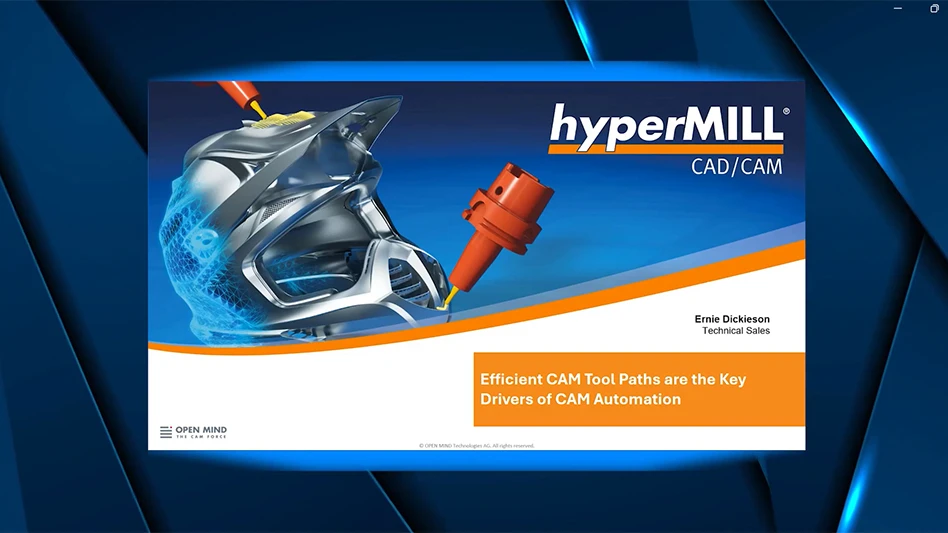
NASA/JPL-Caltech
NASA’s Ingenuity Mars Helicopter has a new mission. Having proven that powered, controlled flight is possible on the Red Planet with four flights completed, the Ingenuity experiment will soon embark on a new operations demonstration phase, exploring how aerial scouting and other functions could benefit future exploration of Mars and other worlds.
This new phase will begin after the helicopter completes its previously planned fifth flight.
With the Mars Helicopter’s energy, telecommunications, and in-flight navigation systems performing beyond expectation, an opportunity arose to allow the helicopter to continue exploring its capabilities with an operations demonstration, without significantly impacting rover scheduling.
“The Ingenuity technology demonstration has been a resounding success,” said Thomas Zurbuchen, associate administrator for NASA’s Science Mission Directorate. “Since Ingenuity remains in excellent health, we plan to use it to benefit future aerial platforms while prioritizing and moving forward with the Perseverance rover team’s near-term science goals.”
The operations demonstration will begin in about two weeks with the helicopter’s sixth flight.
Ingenuity successfully completed its fourth flight April 30, 2021, climbing to an altitude of 16ft (5m) before flying south approximately 436ft (133m) and then back, for an 872ft (266m) round trip. In total, it flew for 117 seconds – another set of range, speed, and duration records for the helicopter.
MiMi Aung, Ingenuity Mars Helicopter project manager at NASA's Jet Propulsion Laboratory, blogged, “We also managed to capture lots of images during the flight with the color camera and with Ingenuity’s black-and-white navigation camera, which tracks surface features as it flies. Some of our black-and-white images were taken as stereo pairs, allowing us to test our ability to make 3D imagery of the surface and study the elevation of different sites below us. Adding this dimension to future missions could offer a broad range of scouting possibilities across regions that rovers can’t roam, close-ups that orbiters can’t provide, or ways to extend the reach of future human explorers.”
During flight four, the rotorcraft traveled south to collect aerial imagery of a potential new landing zone before returning to land at Wright Brothers Field, the name for the Martian airfield on which Ingenuity’s first flight took place. The fifth flight would send Ingenuity to land at the new site. If Ingenuity remains healthy after that flight, the next phase can begin.
Ingenuity’s transition from conducting a technology demonstration to an operations demonstration will add more precision maneuvering, greater use of its aerial-observation capabilities, and more risk overall.

Ingenuity may execute flights that land near the rover’s current location or its next anticipated parking spot. The helicopter can use these opportunities to perform aerial observations of rover science targets, potential rover routes, and inaccessible features while also capturing stereo images for digital elevation maps. The lessons learned from these efforts will provide significant benefit to future mission planners. These scouting flights are a bonus and not a requirement for Perseverance to complete its science mission.
The flights during Ingenuity’s operations demonstration phase will slow to about once every two or three weeks to avoid interfering with Perseverance’s science operations. The team will assess flight operations and complete flight operations no later than the end of August.
Aung said, “We are going to take this opportunity and run with it – and fly with it.”
Ingenuity flew on Mars for the first time on April 19, the second on April 22. On the third flight, April 25, 2021, Ingenuity rose 16ft (5m), flying downrange 164ft (50m) and back at a top speed of 6.6ft per second (2m/sec).
“When Ingenuity’s landing legs touched down after that third flight, we knew we had accumulated more than enough data to help engineers design future generations of Mars helicopters,” said J. “Bob” Balaram, Ingenuity chief engineer at JPL. “Now we plan to extend our range, speed, and duration to gain further performance insight.”
Latest from Aerospace Manufacturing and Design
- Last call for July’s medical manufacturing Lunch + Learn!
- Piper Aircraft receives its largest ever domestic trainer order
- Miniature, high force-to-size linear voice coil servo motor
- MagniX, Robinson to develop battery electric R66 helicopter
- Zero-point clamping modules
- Hartzell electric engine propeller earns FAA approval for AAM
- Thin profile flame and thermal barrier
- Guill Labs offer materials and extrusion testing





